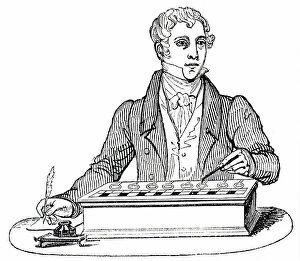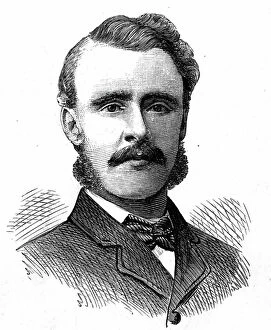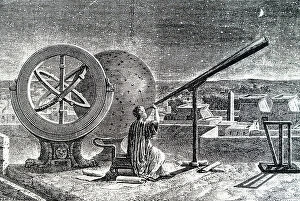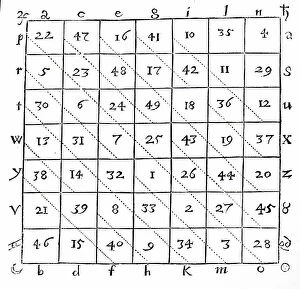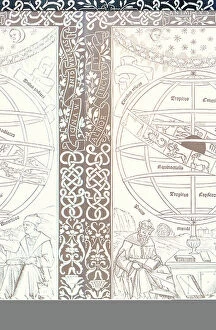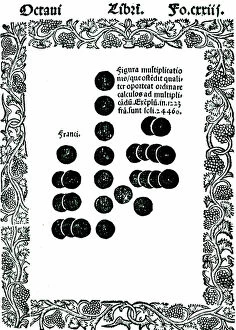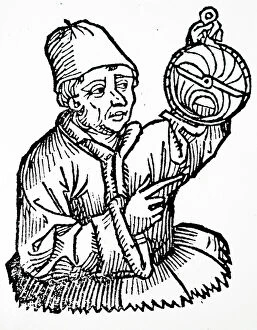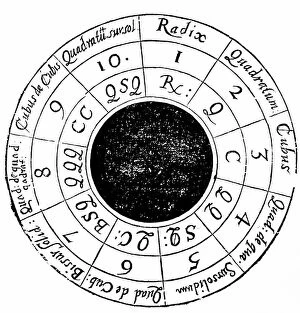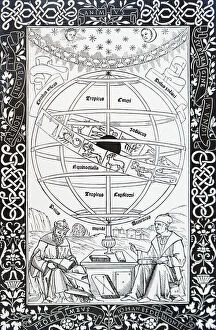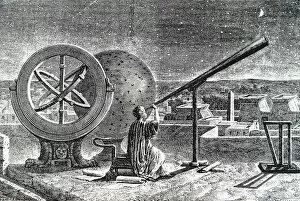History Of Mathematics Collection
The history of mathematics dates back thousands of years, with ancient civilizations like the Egyptians and Babylonians making significant contributions to the field
For sale as Licensed Images
Choose your image, Select your licence and Download the media
The history of mathematics dates back thousands of years, with ancient civilizations like the Egyptians and Babylonians making significant contributions to the field. From the development of basic arithmetic to complex calculus and geometry, mathematicians throughout history have paved the way for modern advancements in science and technology. The Greeks, including famous figures like Pythagoras and Euclid, furthered mathematical knowledge with their groundbreaking theories and proofs. During the Islamic Golden Age, scholars like Al-Khwarizmi revolutionized algebra and introduced concepts that are still used today. The Renaissance saw a resurgence in mathematical study, leading to discoveries by luminaries such as Leonardo da Vinci and Galileo Galilei. In more recent times, pioneers like Isaac Newton and Albert Einstein have pushed the boundaries of mathematical understanding even further, testament to human ingenuity and our endless quest for knowledge.


